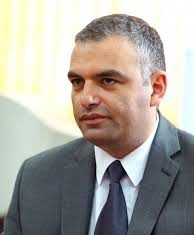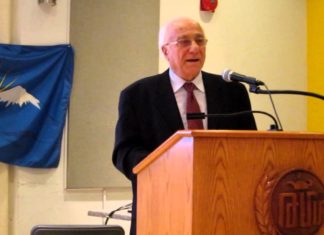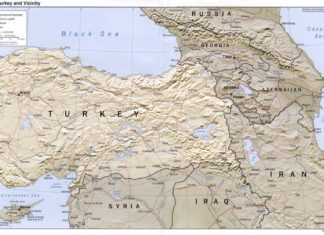By Dr. Haroutiun Arzoumanian
Throughout our history of more than 3,000 years, the necessity of independence has become a luxury denied to Armenians most of the time, yet the nation survived against all odds due to its adherence to a strong cultural identity. The Armenian highlands of Eastern Anatolia and Southern Caucasus have been on the crossroads of invaders from the East and the West, and from the North and the South. Instability, persecution and oppressions have been the order of the day most of the time.
At the peak of her civilization just about 1,000 years ago, the Bagratid Kingdom of Greater Armenia (Medz Hayk) covered about 300,000 square kilometers, and Ani, its capital, had a population estimated to be at 200,000. The city of London, England, in the year 1100 had an estimated population of 18,000 in a country of 130,000 square kilometers (about half the size of Historic Armenia). Even with its share of invasions, plagues, natural disasters and wars, today’s population of metropolitan London is about 14 million, and the population of England is more than 50 million.
With a “normal” course of events, if Armenia had kept its geographic size a millennium ago, its population today would have been about 100 million, instead of a mere 2.2 million on one-tenth of its historic lands.
We can argue at great length whether this demise of the Armenian people has been due largely because of external forces above and beyond the control of our people, or because of the legendary inherent “disunity” of the Armenian people, or a combination of both. And if so, which is the bigger factor? Admitting that scattered and isolated princedoms in remote mountainous areas of Historic Armenia could have perpetuated a trend of disunity, it is hard to dismiss the more overbearing factor of foreign dominations, whether by neighboring states (Persian, Byzantine and Russian empires) or by invaders from far away (Arabs, Tatars, Turks), some more prolonged and more oppressive than others.
Armenians could endure and wait out for the oppressive empires to decay and pass away, but the Mongol-Seljuk-Ottoman domination has been the longest and the most cruel. And when the Ottoman Empire crumbled and most of the other dominated countries regained their independence, Armenia geographically remained largely in the heartland of the residual morsel of the Empire that became the current Republic of Turkey, propped up by Western powers at the gates of the rising star of the communist empire. The post-WWI brief (two-year) independence of Armenia could be considered a stillbirth. A smaller fraction of the Armenian homeland survived under the Communist regime and gained independence in 1991 after the collapse of the Soviet Empire.








